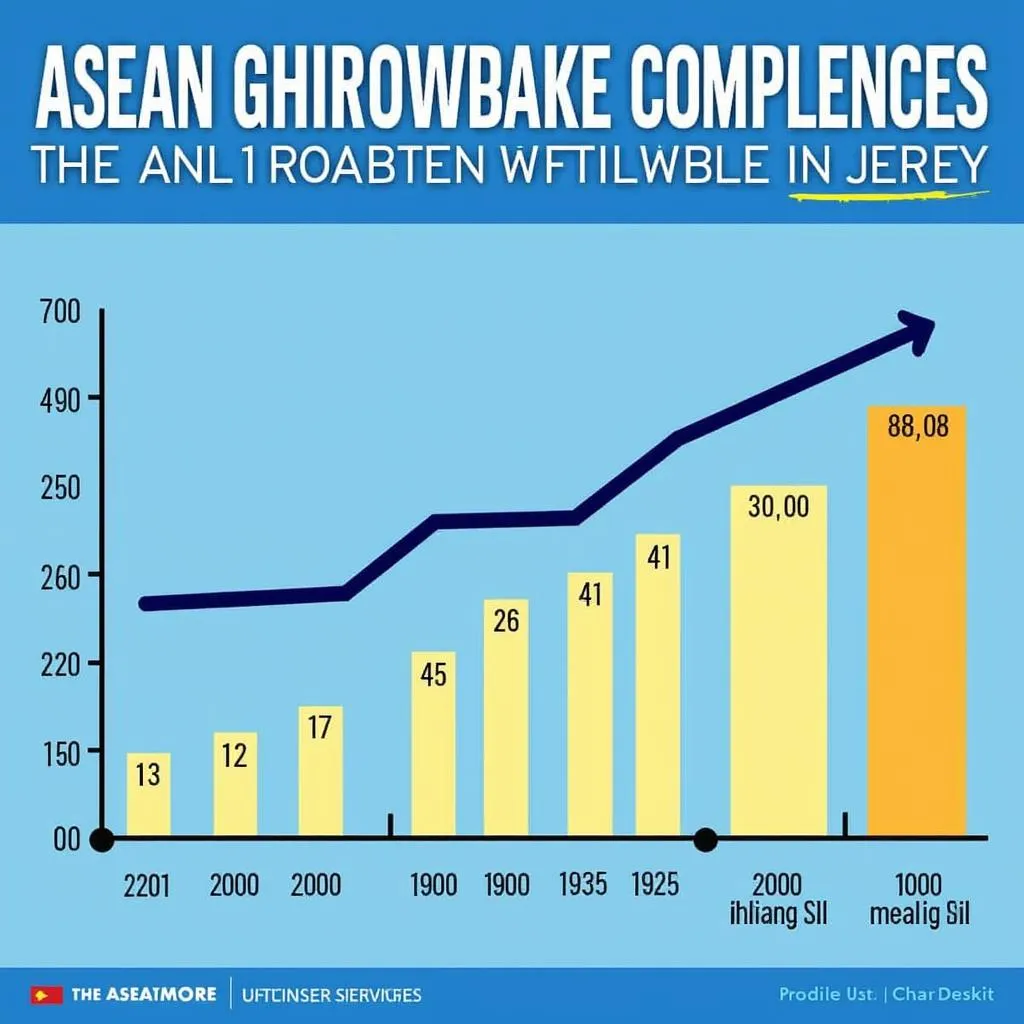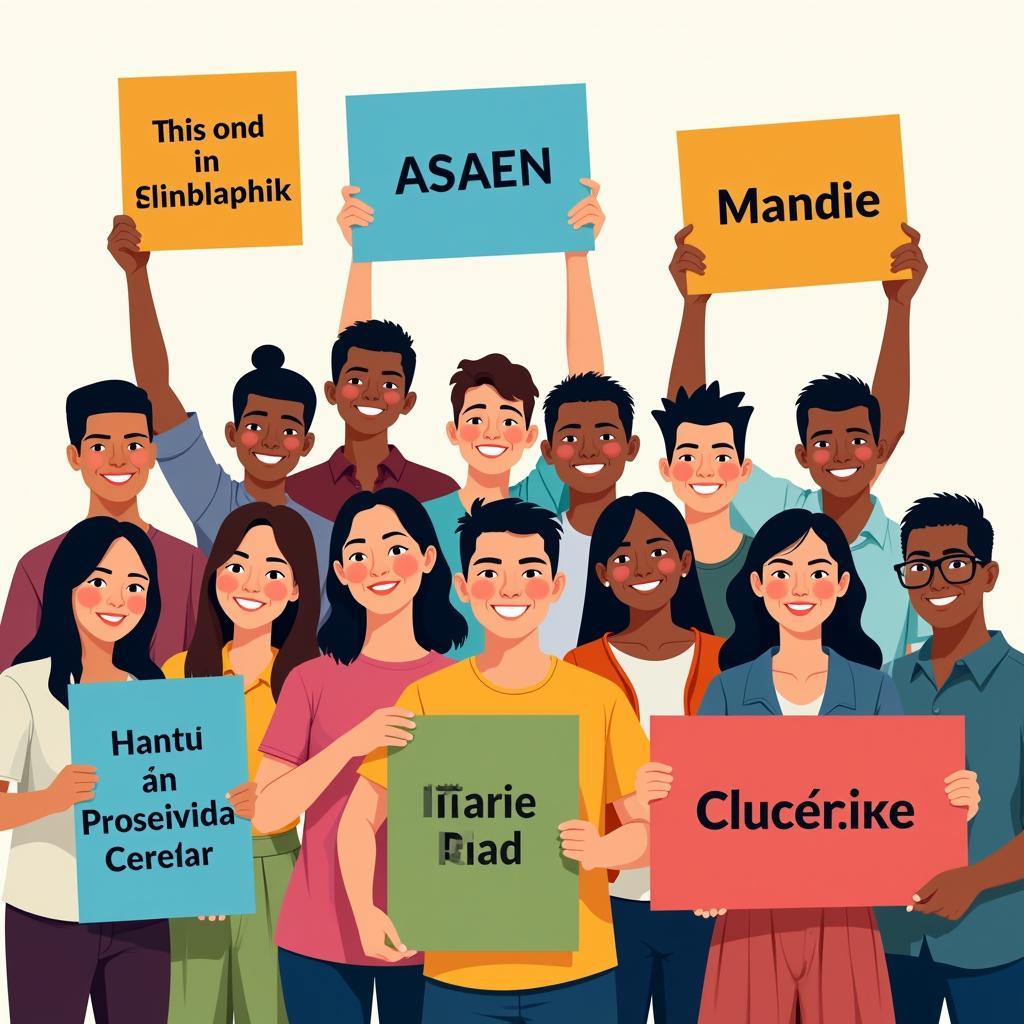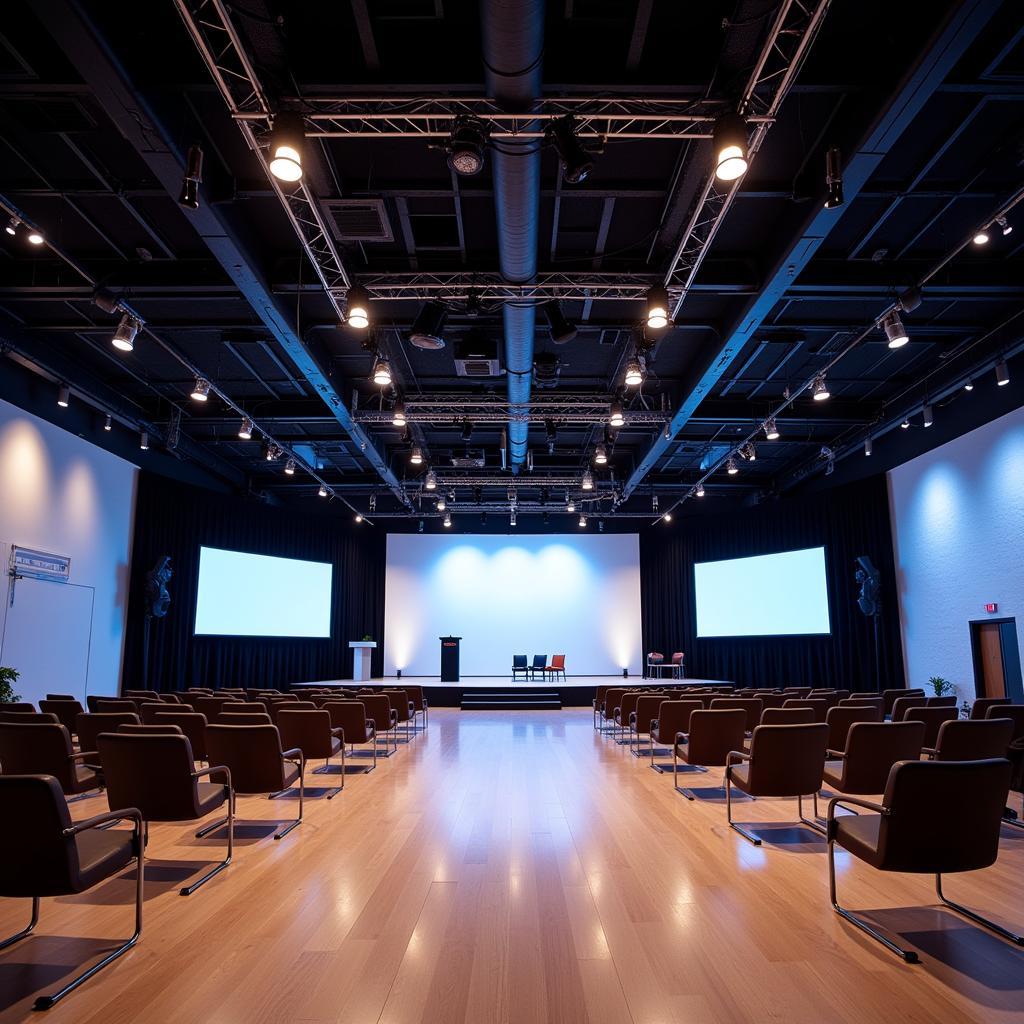ASEAN Garb, a term encompassing the diverse traditional clothing styles of Southeast Asia, is gaining increasing recognition as a symbol of cultural heritage and a growing fashion trend. This unique blend of vibrant colors, intricate patterns, and rich symbolism speaks volumes about the region’s rich history and cultural identities.
Unraveling the Threads of ASEAN Garb
ASEAN Garb represents the multifaceted cultural tapestry of the region. Each country boasts its own distinct styles, fabrics, and embellishments, showcasing their unique historical and cultural narratives.
- Vietnam: Known for its elegant “Ao Dai,” a long, flowing tunic worn over loose trousers, often embellished with intricate embroidery. The Ao Dai symbolizes elegance, femininity, and national pride.
- Thailand: Thailand’s traditional attire features the “Chut Thai,” a set of clothing that varies depending on the occasion. From the formal “Chut Thai Boromphiman” to the casual “Chut Thai Chakkri,” each outfit embodies intricate details and rich symbolism.
- Indonesia: Indonesia’s “Batik,” a traditional wax-resist dyeing technique, is widely celebrated and recognized as a UNESCO World Heritage. The intricate patterns and symbolic colors of Batik reflect diverse cultural traditions and beliefs.
- Philippines: The “Barong Tagalog,” a traditional embroidered shirt for men, represents Filipino culture and pride. The Barong’s intricate details and delicate embroidery showcase craftsmanship and cultural heritage.
- Malaysia: Malaysia’s “Baju Kurung,” a loose-fitting dress worn by women, is known for its vibrant colors and delicate embroidery. The Baju Kurung embodies tradition, modesty, and elegance.
- Singapore: Singapore’s traditional clothing draws inspiration from various cultural influences, including Malay, Chinese, and Indian. From the “Kebaya” to the “Saree,” Singapore’s attire reflects its multicultural heritage.
- Cambodia: Cambodia’s “Sampot,” a traditional long skirt, is a staple of Cambodian culture and a symbol of elegance and modesty. The Sampot is often paired with a “Cheung Kben,” a colorful silk scarf worn around the shoulders.
- Laos: Laos’ traditional clothing features the “Sin,” a long skirt, and the “Pha Khao,” a white scarf. The colors and patterns of Laotian garments often represent specific regions and ethnic groups.
- Myanmar: Myanmar’s traditional attire, known as “Longyi,” is a cylindrical garment worn by both men and women. The Longyi is often adorned with vibrant patterns and intricate designs, showcasing the country’s rich cultural heritage.
- Brunei: Brunei’s traditional clothing, heavily influenced by Islamic culture, features the “Baju Melayu,” a long-sleeved shirt for men, and the “Baju Kurung,” a loose-fitting dress for women.
ASEAN Garb: A Modern Renaissance
In recent years, ASEAN Garb has experienced a resurgence in popularity, with designers and fashion houses incorporating traditional elements into contemporary styles. This fusion of tradition and modernity reflects the region’s growing appreciation for its cultural heritage and its desire to showcase its unique identity to the world.
“The renewed interest in ASEAN Garb is a testament to the region’s rich cultural heritage and the growing desire to celebrate its unique identity. By blending tradition and modernity, we can create garments that are both stylish and meaningful,” says Dr. [Name of Expert], a renowned cultural anthropologist specializing in Southeast Asian fashion.
ASEAN Garb: A Symbol of Unity and Diversity
The popularity of ASEAN Garb is also a reflection of the growing sense of unity and cultural exchange within the region. As people increasingly connect and interact, there is a growing appreciation for the diverse cultural traditions of Southeast Asia. This shared heritage serves as a powerful symbol of unity and diversity, reminding us of our commonalities while celebrating our unique identities.
Embracing ASEAN Garb: A Call to Action
Whether it’s incorporating traditional elements into your personal style or supporting local designers who are championing the revival of ASEAN Garb, there are numerous ways to embrace this vibrant cultural heritage. By celebrating and promoting ASEAN Garb, we can contribute to the preservation of our cultural legacy and showcase the region’s beauty and diversity to the world.
“By wearing ASEAN Garb, we’re not just making a fashion statement, we’re also expressing our cultural pride and contributing to the preservation of our heritage,” shares [Name of Expert], a fashion designer known for her innovative use of traditional ASEAN textiles.
FAQ
Q: Where can I find ASEAN Garb clothing?
A: You can find a wide range of ASEAN Garb clothing online and in specialty stores. Many designers are showcasing their unique creations, blending traditional styles with contemporary designs.
Q: Is it appropriate to wear ASEAN Garb for everyday wear?
A: Yes, you can definitely wear ASEAN Garb for everyday wear. It’s a great way to express your cultural pride and showcase your unique style.
Q: What are some popular ASEAN Garb brands?
A: Some popular ASEAN Garb brands include [Brand names], known for their innovative designs and commitment to using traditional textiles.
Q: How can I learn more about ASEAN Garb?
A: You can learn more about ASEAN Garb by visiting museums, cultural centers, and online resources dedicated to Southeast Asian culture and fashion.
Q: Where can I find more information about ASEAN Garb fashion trends?
A: You can find more information about ASEAN Garb fashion trends by searching online, following fashion bloggers and designers who specialize in Southeast Asian fashion, and attending fashion events.


